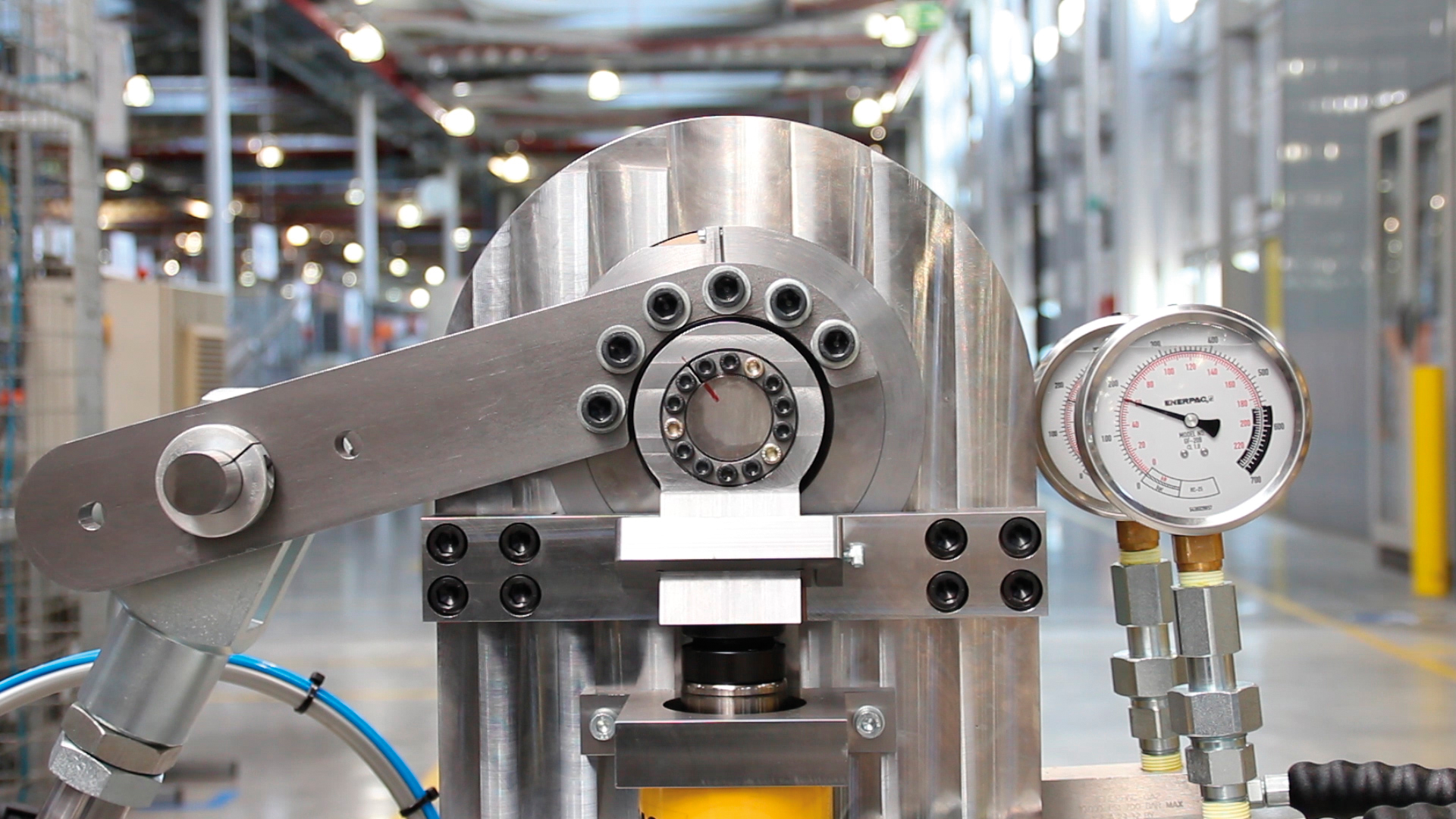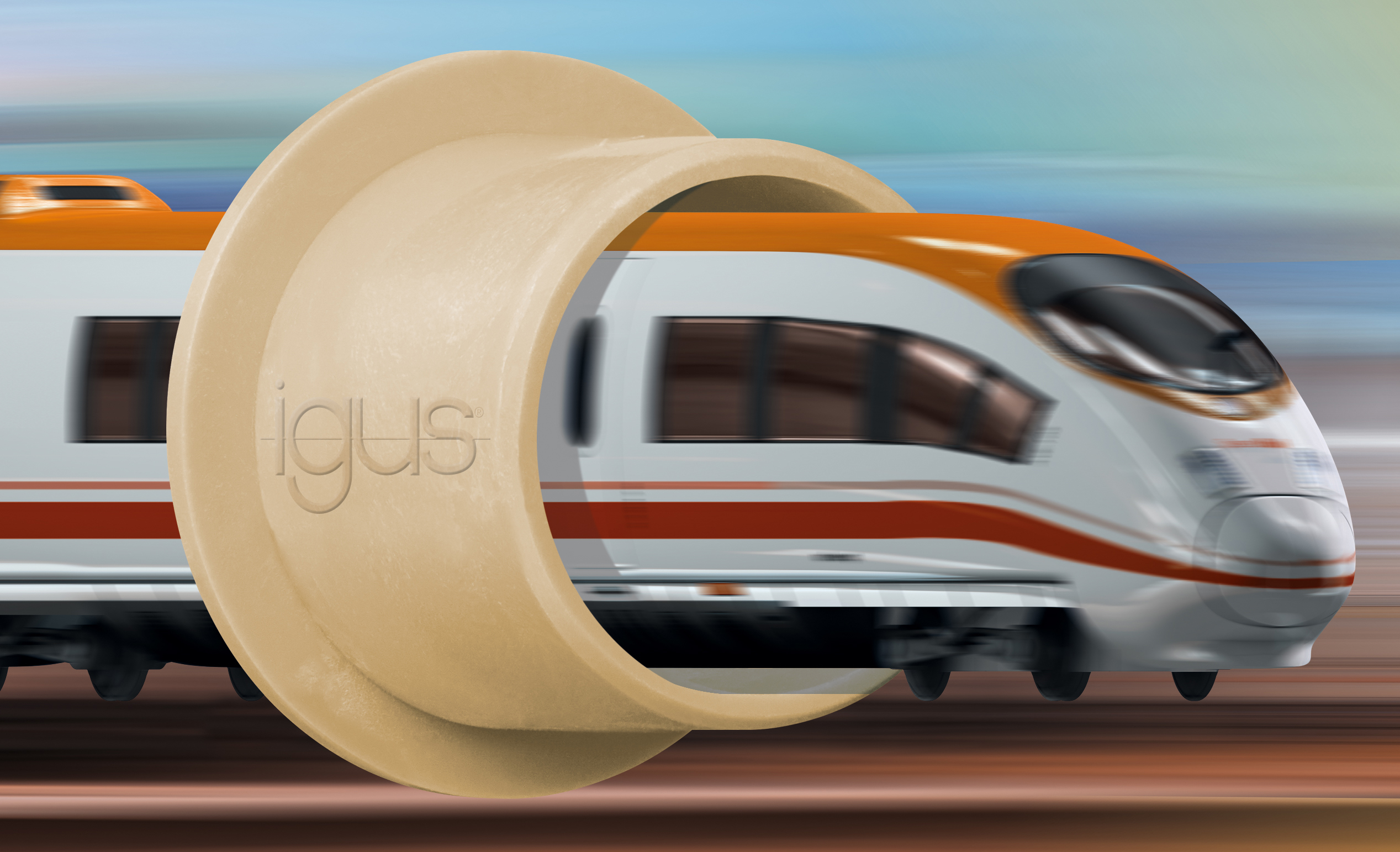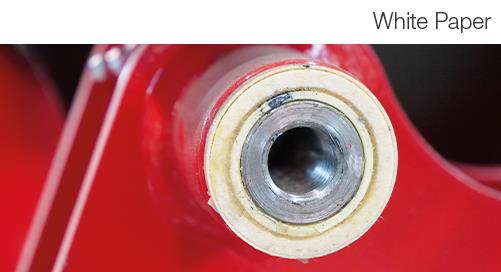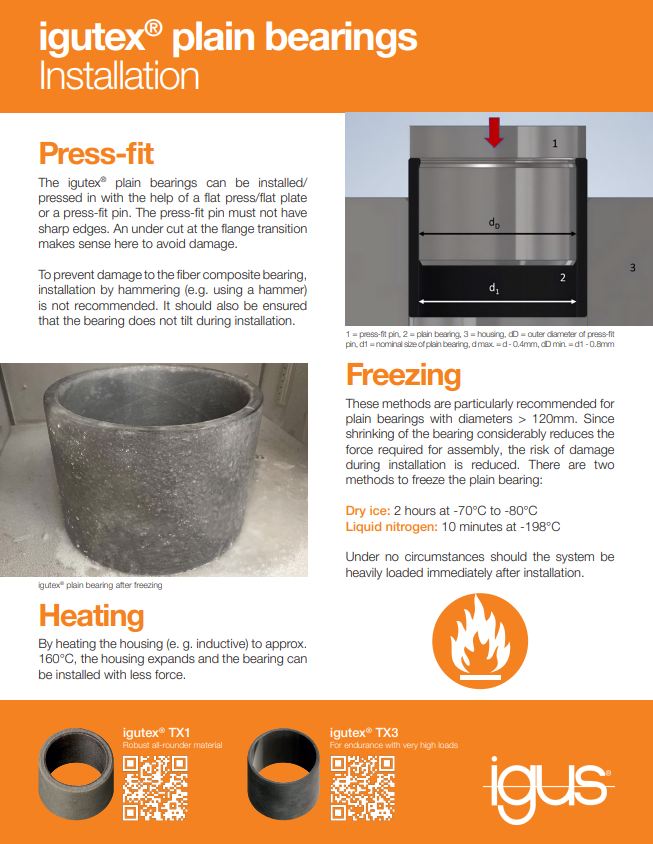Not All Loads are Created Equal Part 1

When designing a bearing into an application, every engineer consistently needs to know about load capacity. While it’s easy to publish a general number, the type of load should really be considered first, and there are a lot of factors to consider for each type of load. In the first post of a two-part series, I will lay out the different types of surface loads and how each can be compensated for.
Over the years, I have had a lot of customers call and ask me, “How much load can your bearing handle?” For us, it is imperative that we understand the type of load before answering this question. Although we do have load ratings listed within our catalog, certain materials handle each type of load in a different way.
The other common misconception is that we just spit out a load in pounds or lbs. However, we measure load capacity by “psi" (pounds per square inch), which we calculate based upon the total surface area of the bearing that is being used.
Static Loads
Static loads are loads that act upon the bearing even when it is not in motion. More often than not, these loads are present within applications where the bearing does not move for a certain amount of time.
Although static loads might seem like they would present the least amount of problems or issues when designing bearings, there are still a multitude of issues that might arise if certain problems are not addressed. For example, if you are using a ball bearing with a constant static load, the load will essentially act as a “point load”, which would put an excess amount of pressure in one spot.
If the static load is acting upon the entire surface area of the bearing, then great! This means that those numbers listed in most bearing manufacturers catalog were correct. However, if the static load is only acting upon a small portion of the bearing as a “point load”, deformation of the part could occur if it is not accounted for.
Dynamic Loads
Dynamic loads occur when a load acts upon a bearing while it’s in motion. With this, our biggest concern is the relationship between the load and the speed, since PV is a major factor in the lifetime and success of the bearing within an application.
When a dynamic load is present it is important to note that the higher the load, the lower the speed should be, and vice versa. Often, when we have really high dynamic loads, the motion is typically a slow pivot or rotation.

Shock/Impact Loads
The rigidity of a material can have a negative affect on a bearing that is exposed to shock or impact, so it’s important to ensure that it has enough flexibility. I like to think about this in the same way I think about stretching before going to workout. The more flexible your muscles are, the less likely you are to injure them. If your muscles are tight and rigid, they are more likely to snap or tear. The same principle can apply to bearing applications.
When shock or impact loads are present, the amount of elasticity the bearing has can help to keep it from snapping or shattering. The best materials for these applications should have more elasticity so that the bearing is allowed to conform against the shock or impact, allowing it to essentially bounce back.
Knowing Your Application is Key, and We Can Help
Proper bearing material selection requires a deep knowledge of your application—where it will be used, and how long it needs to operate. However, being able to identify which type of load will be acting upon your bearing within your application is an important first step before selecting which material might provide the most efficiency and service life. At igus®, we have successfully paired applications with the right bearing material for over 50 years thanks to running consistent testing on each bearing material within our test laboratory all day, every day. So, if you are still wondering which material might be best for your application, please don’t hesitate to rely on our expertise!
-Stay Tuned for part 2, where we will be discussing edge loading, which is a completely different ball game!
For more information about bearings materials and optimizing their compatibility for your application, feel free to contact our iglide® Product Manager. Or, visit our material overview page here.



